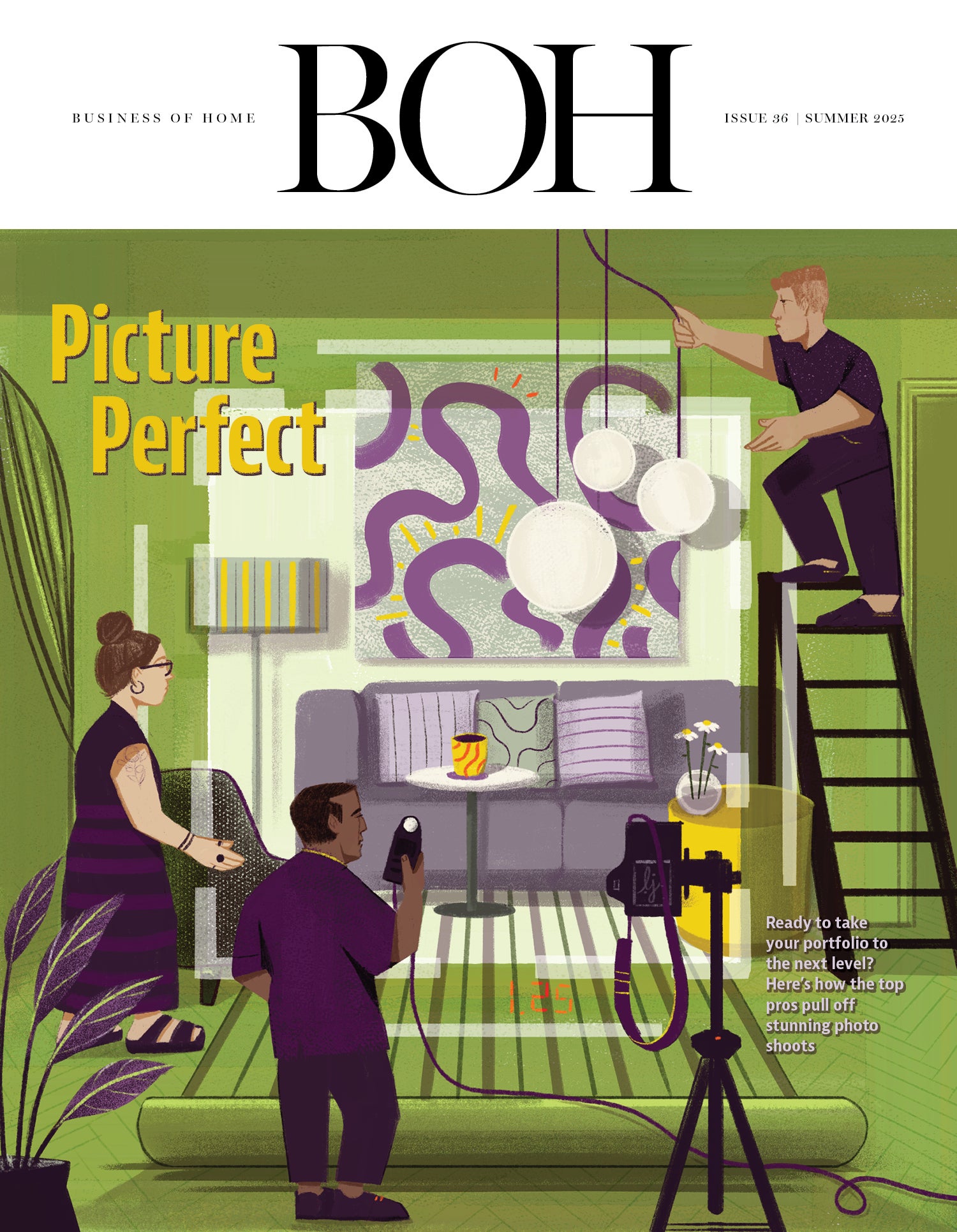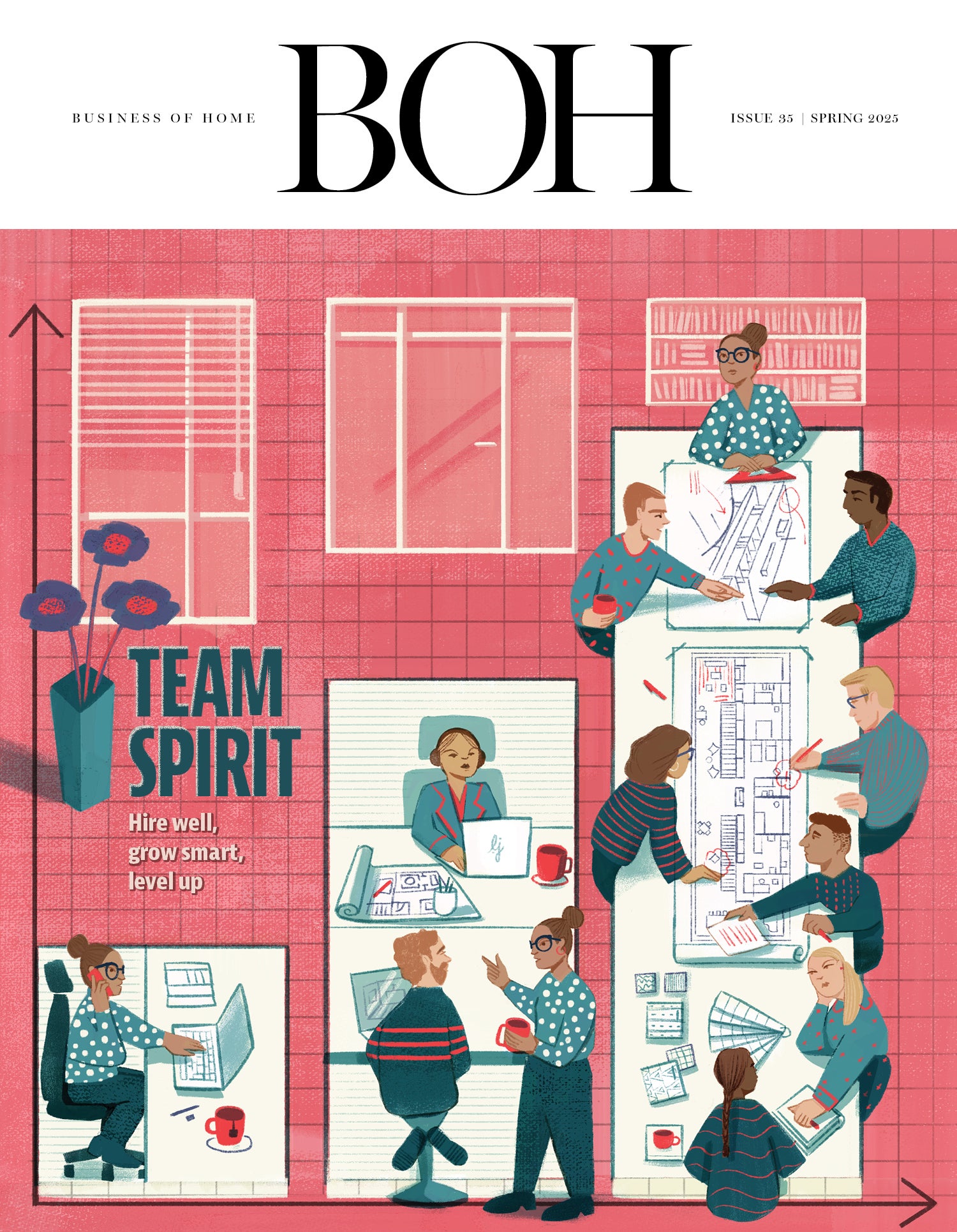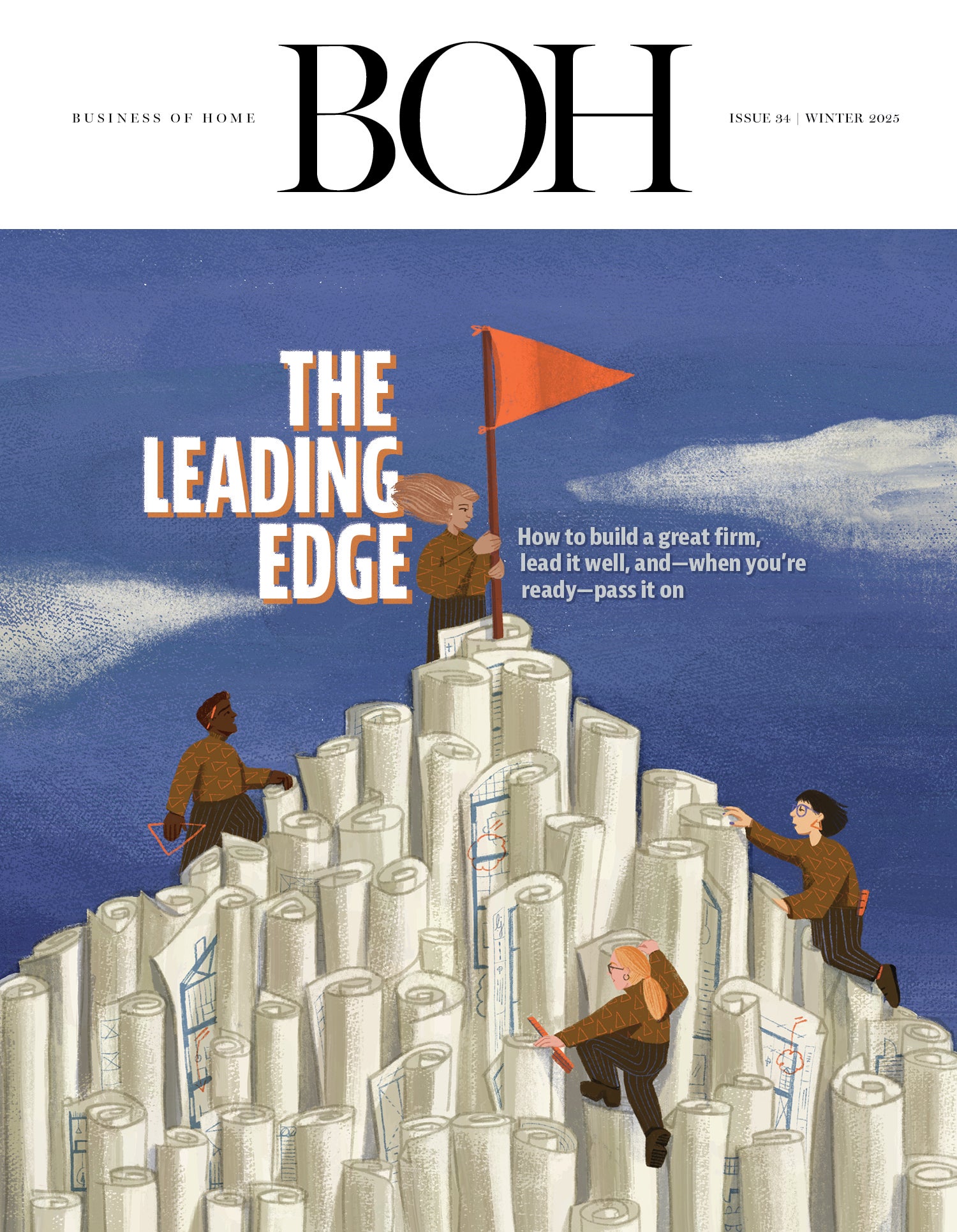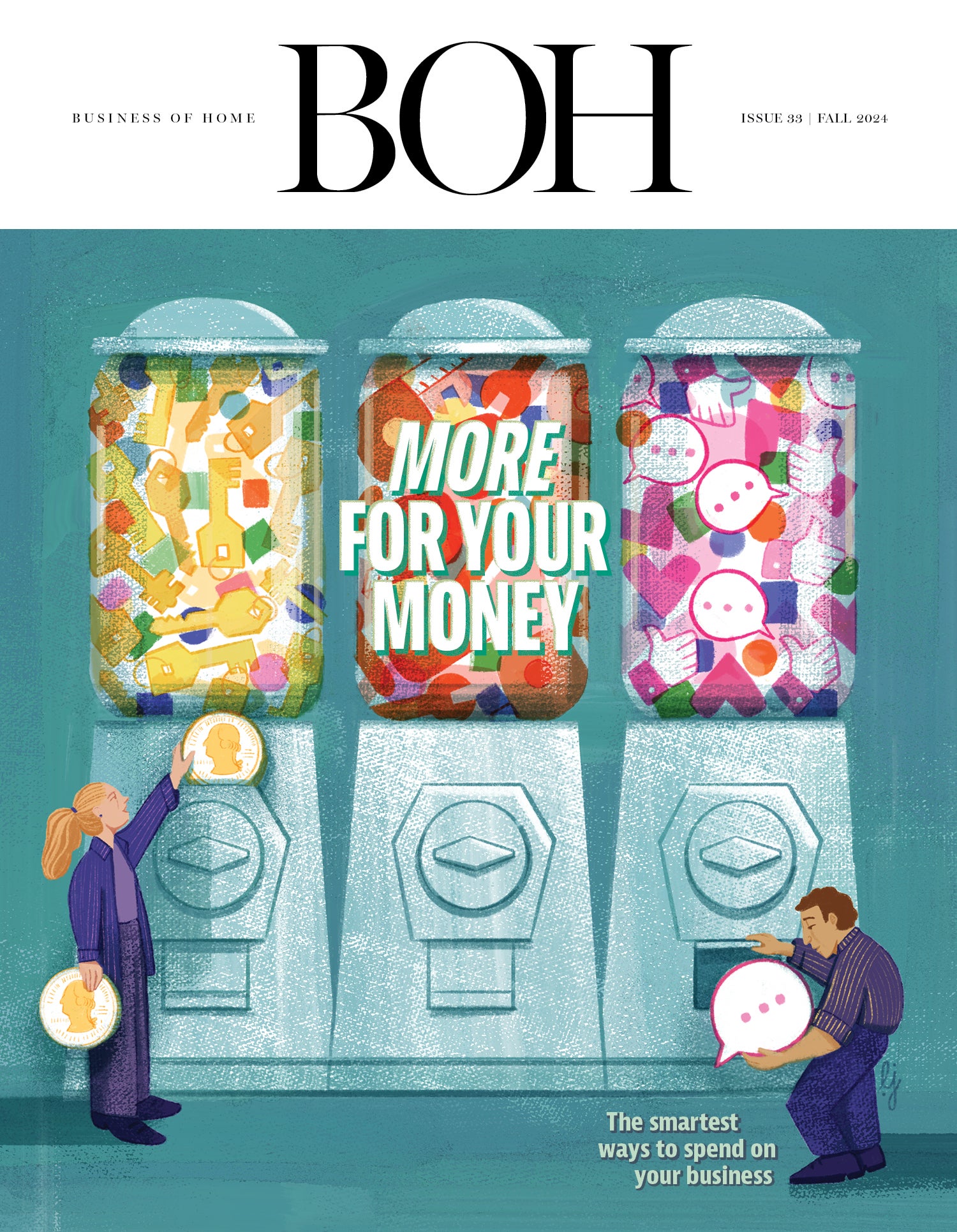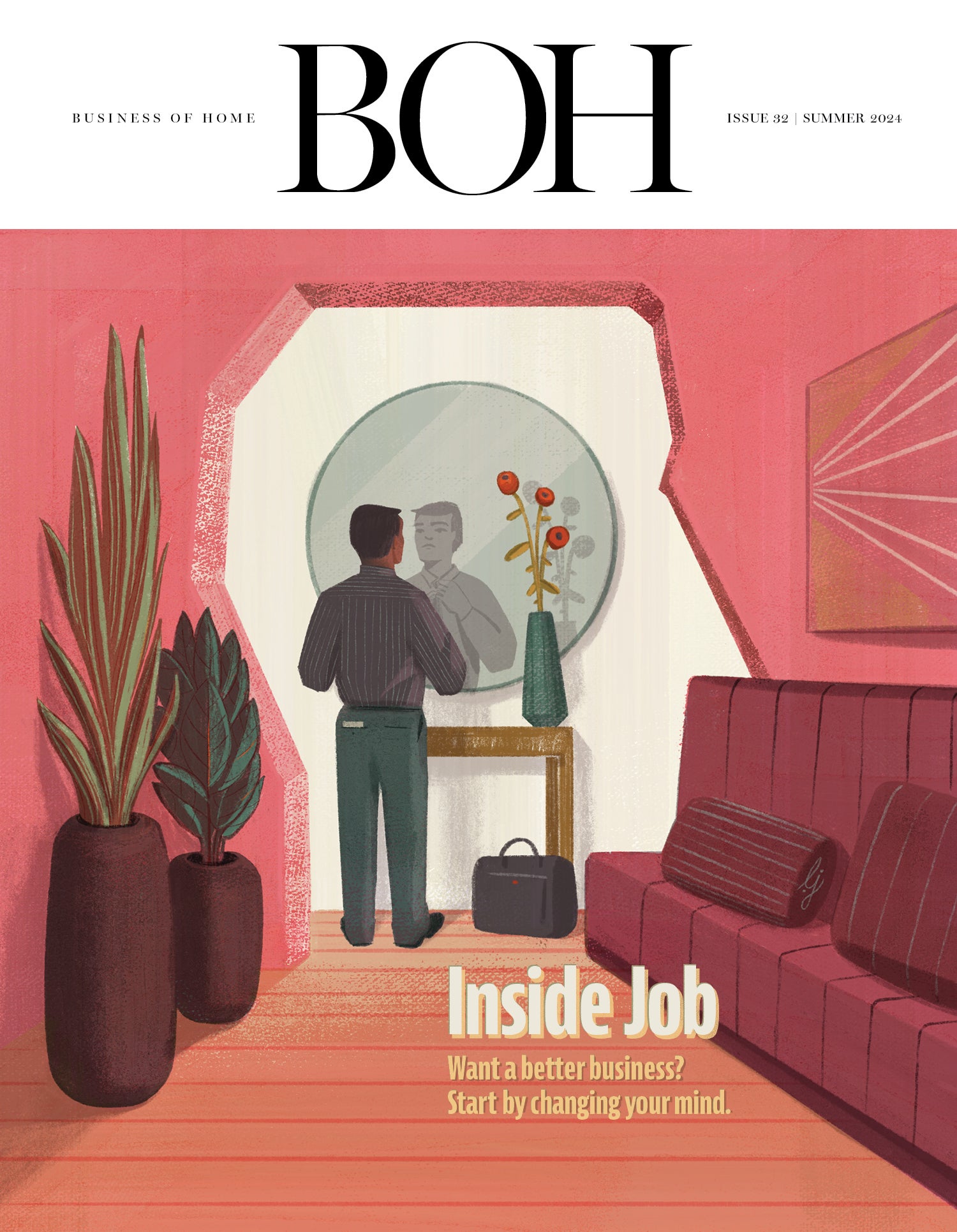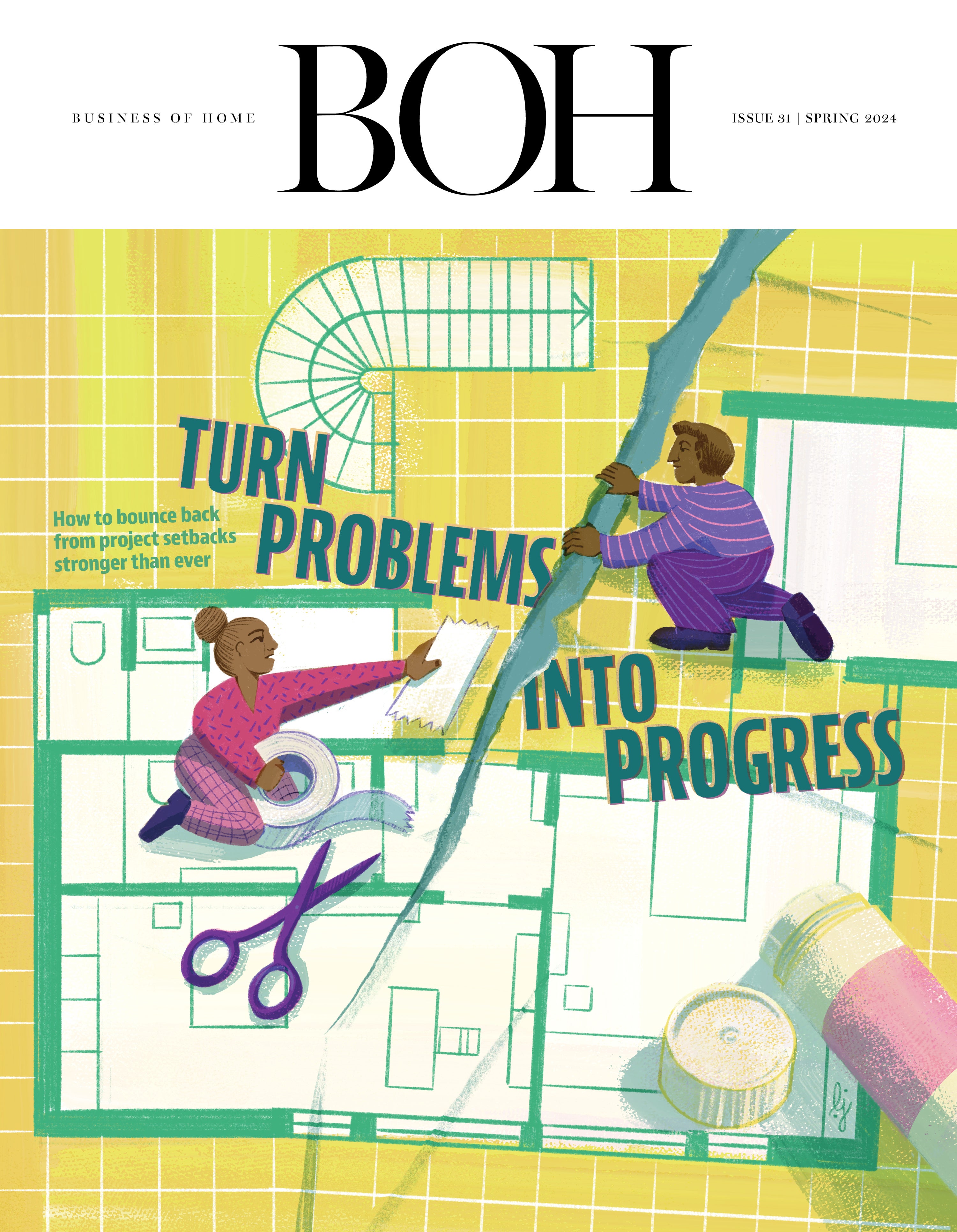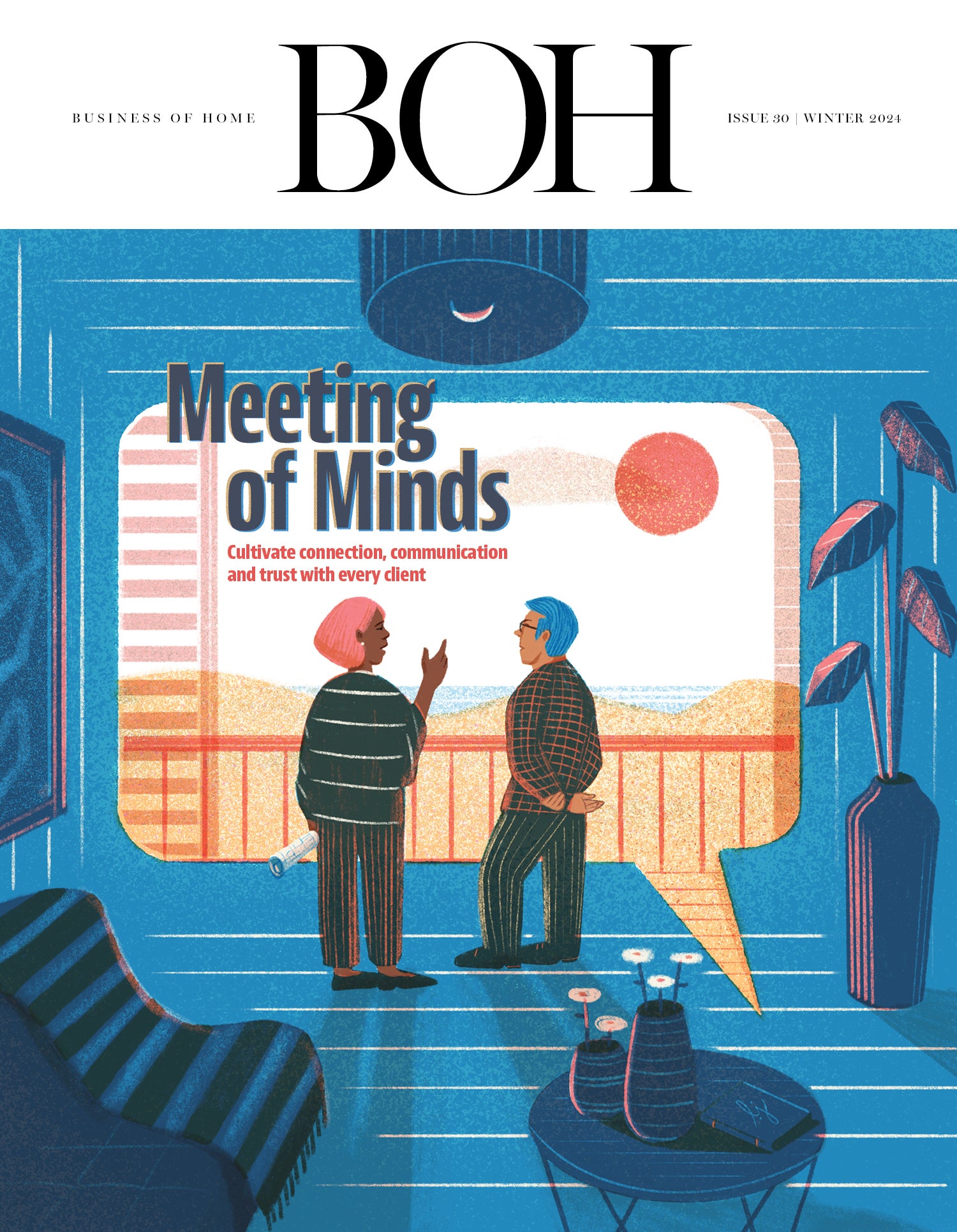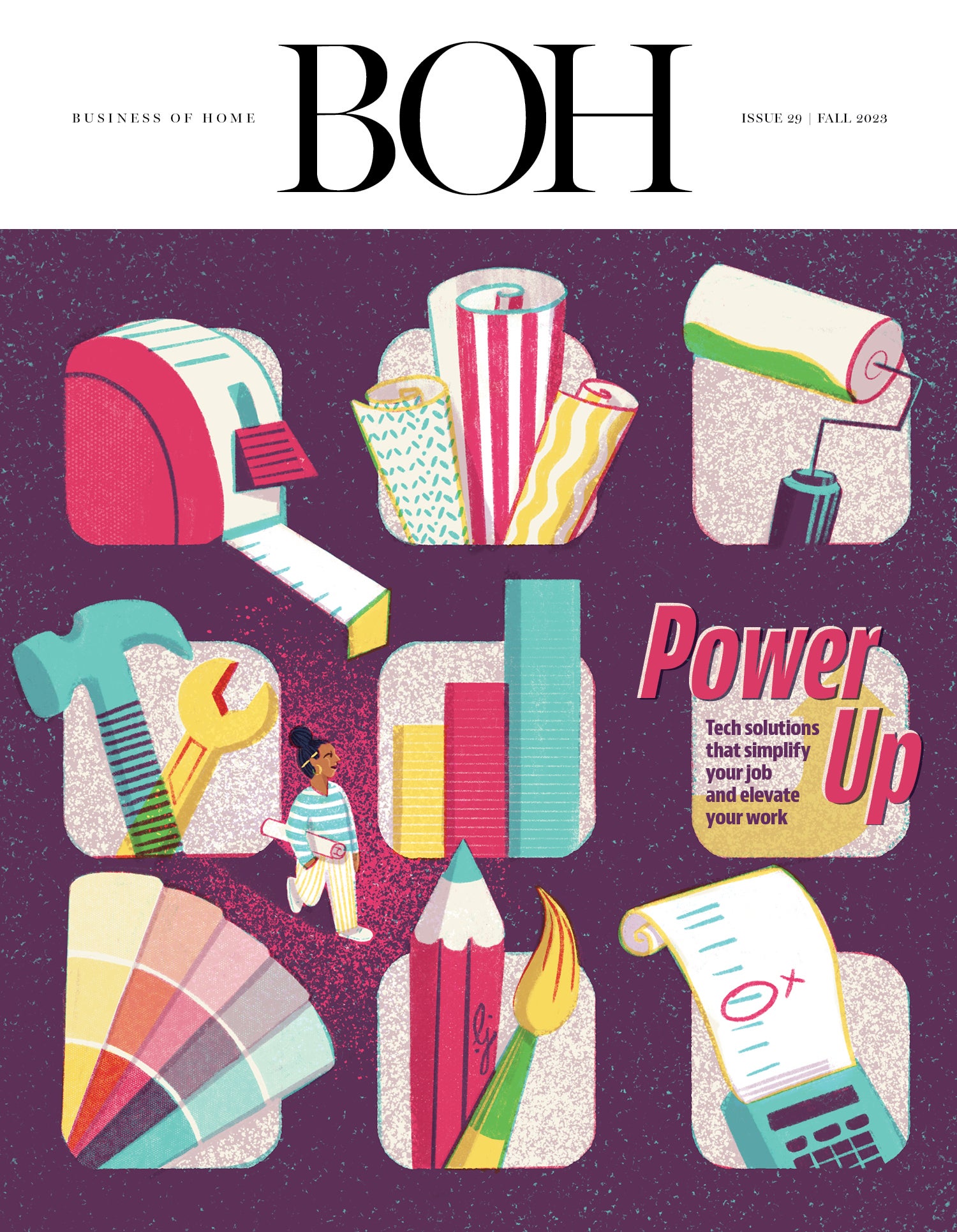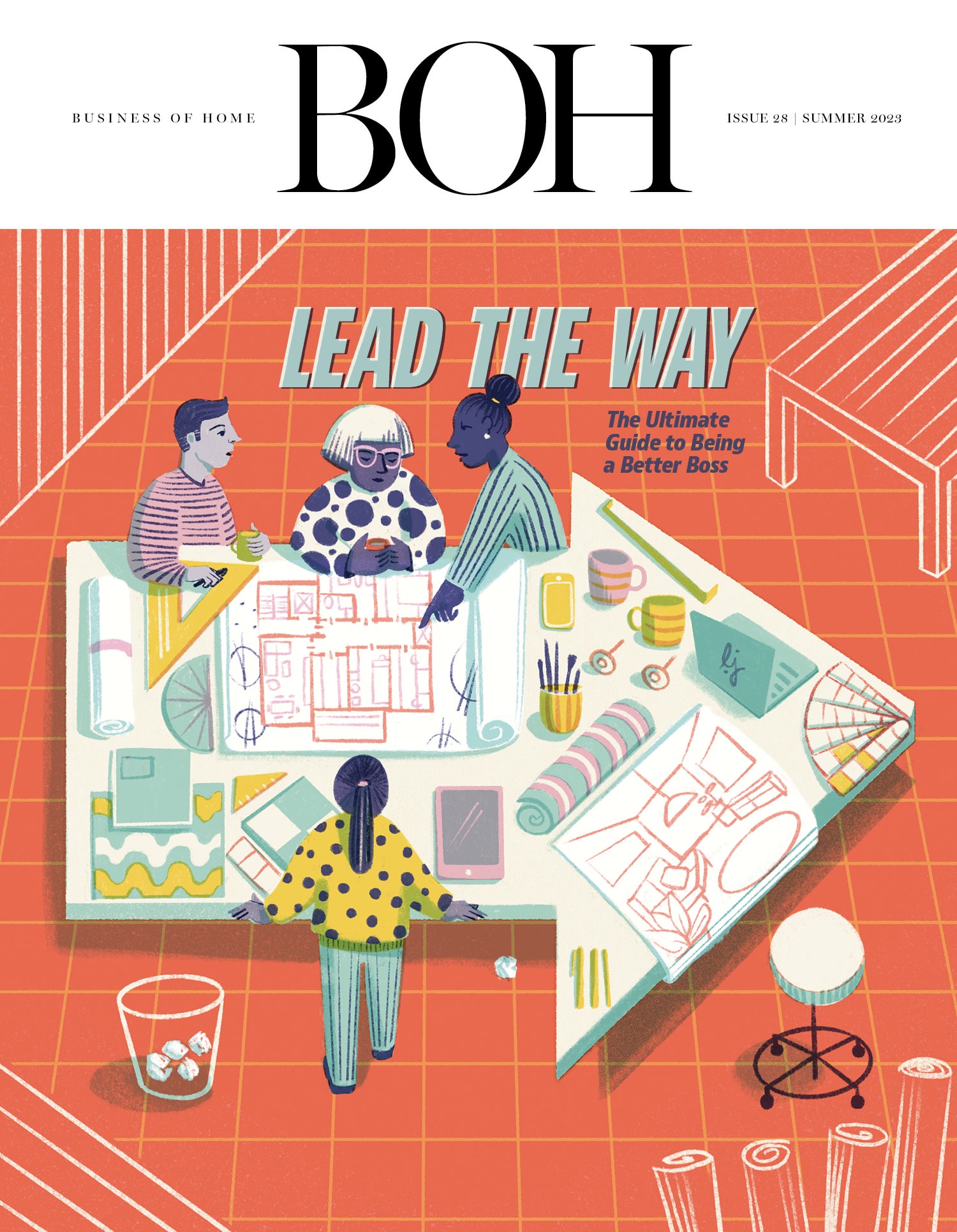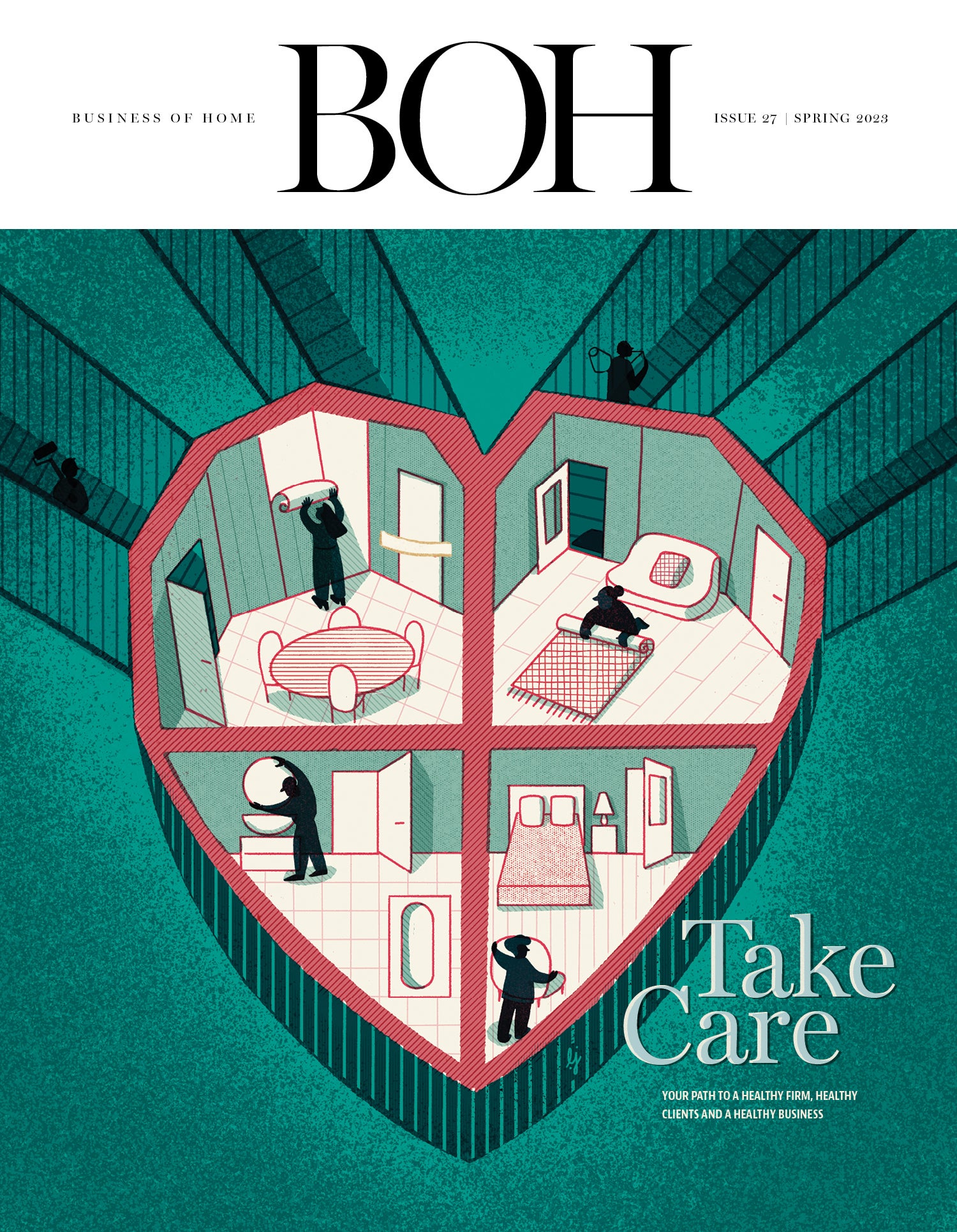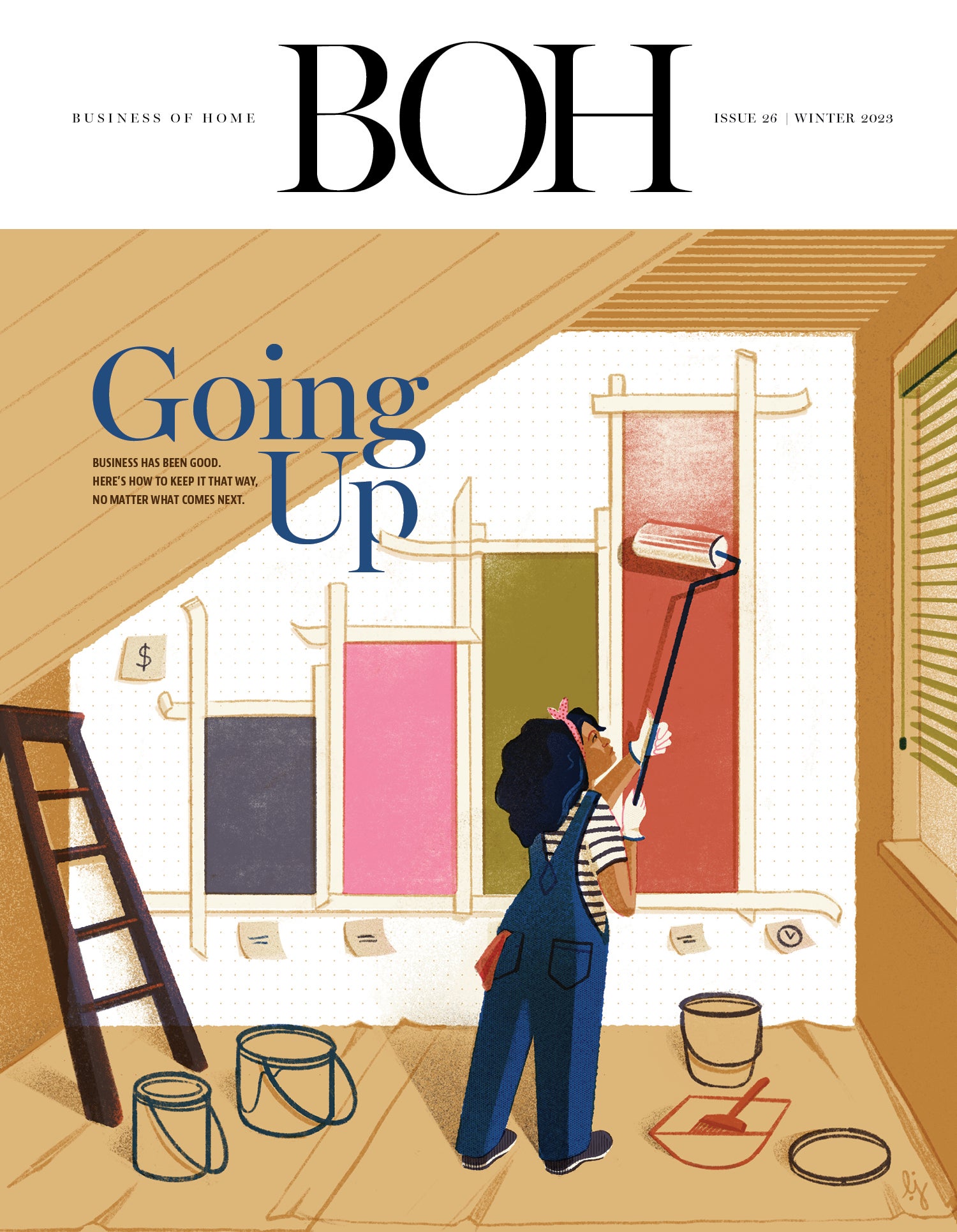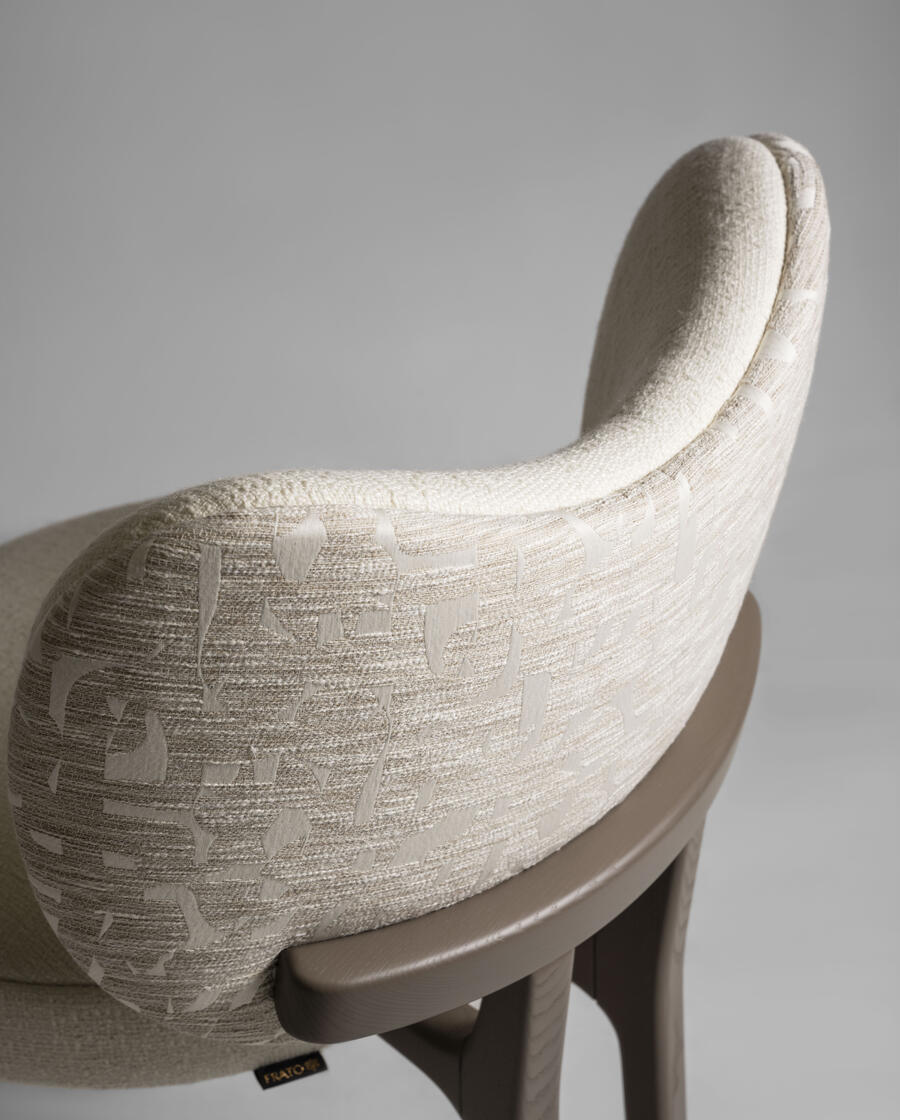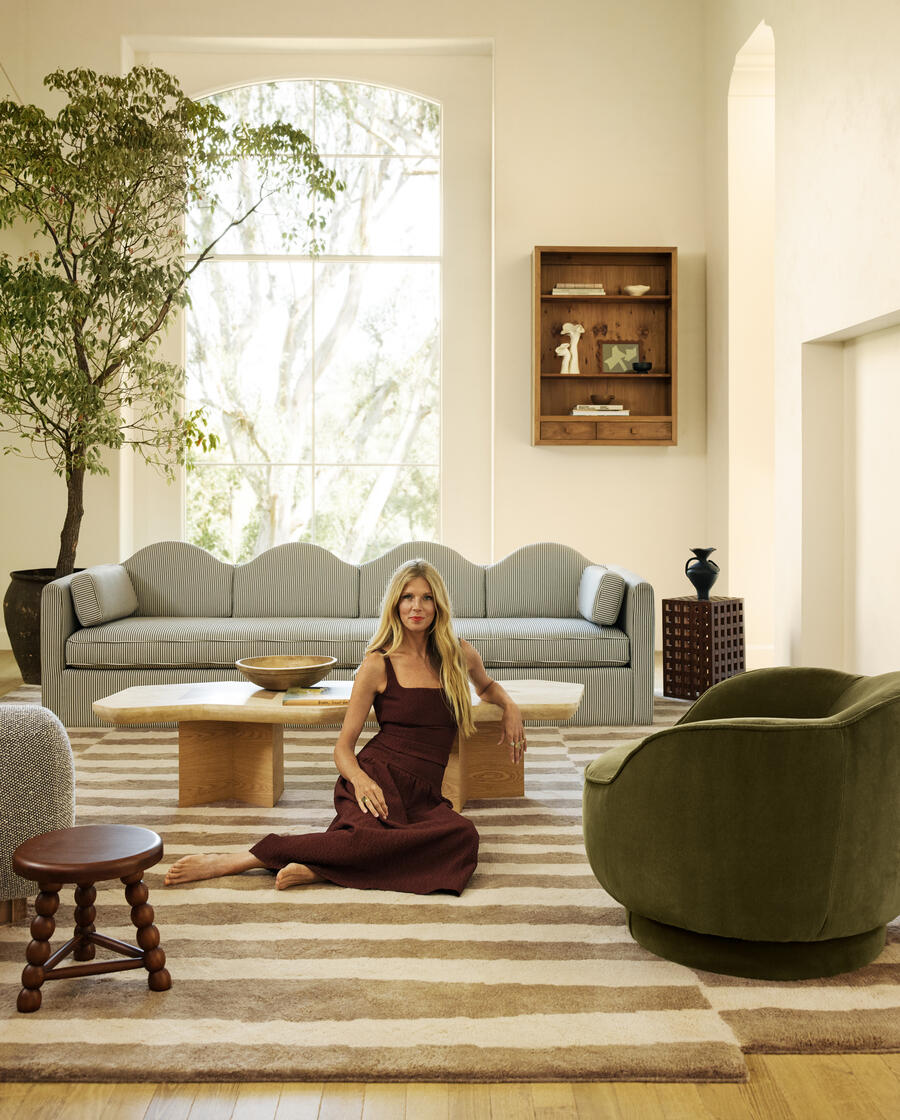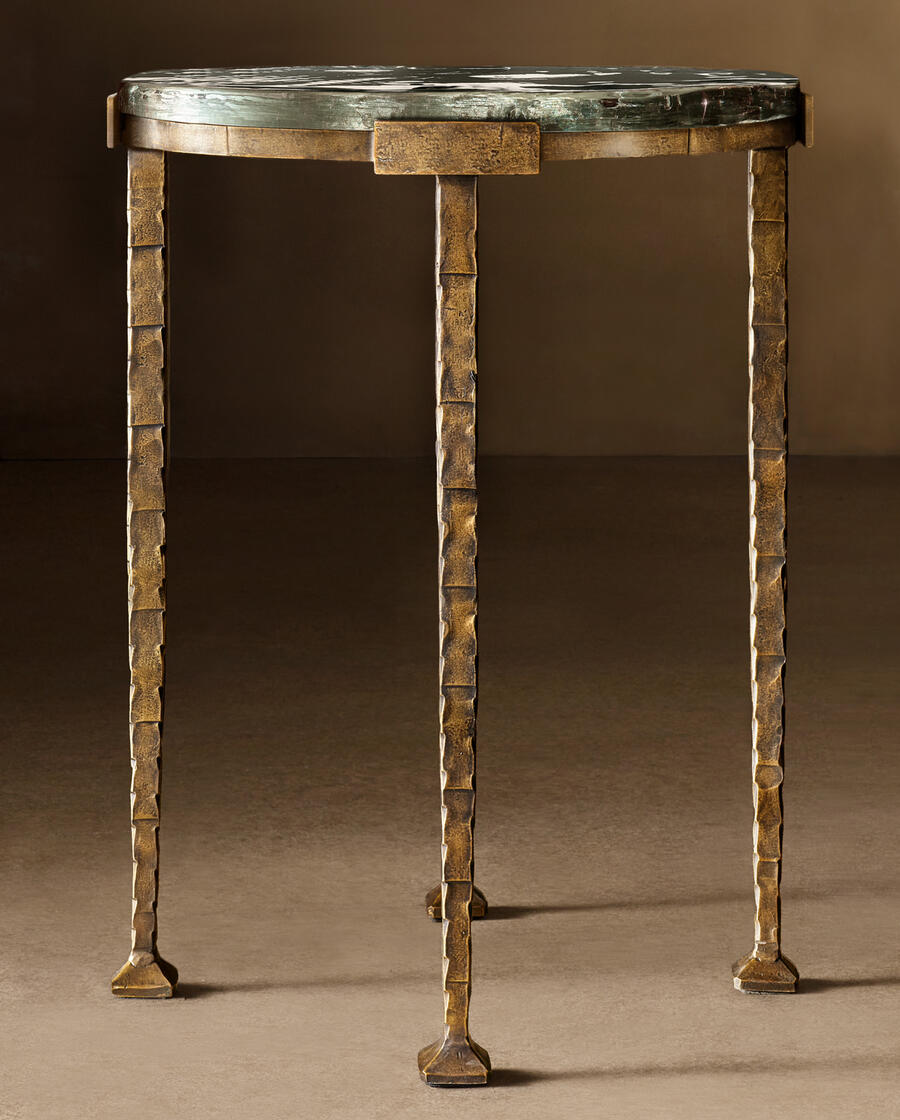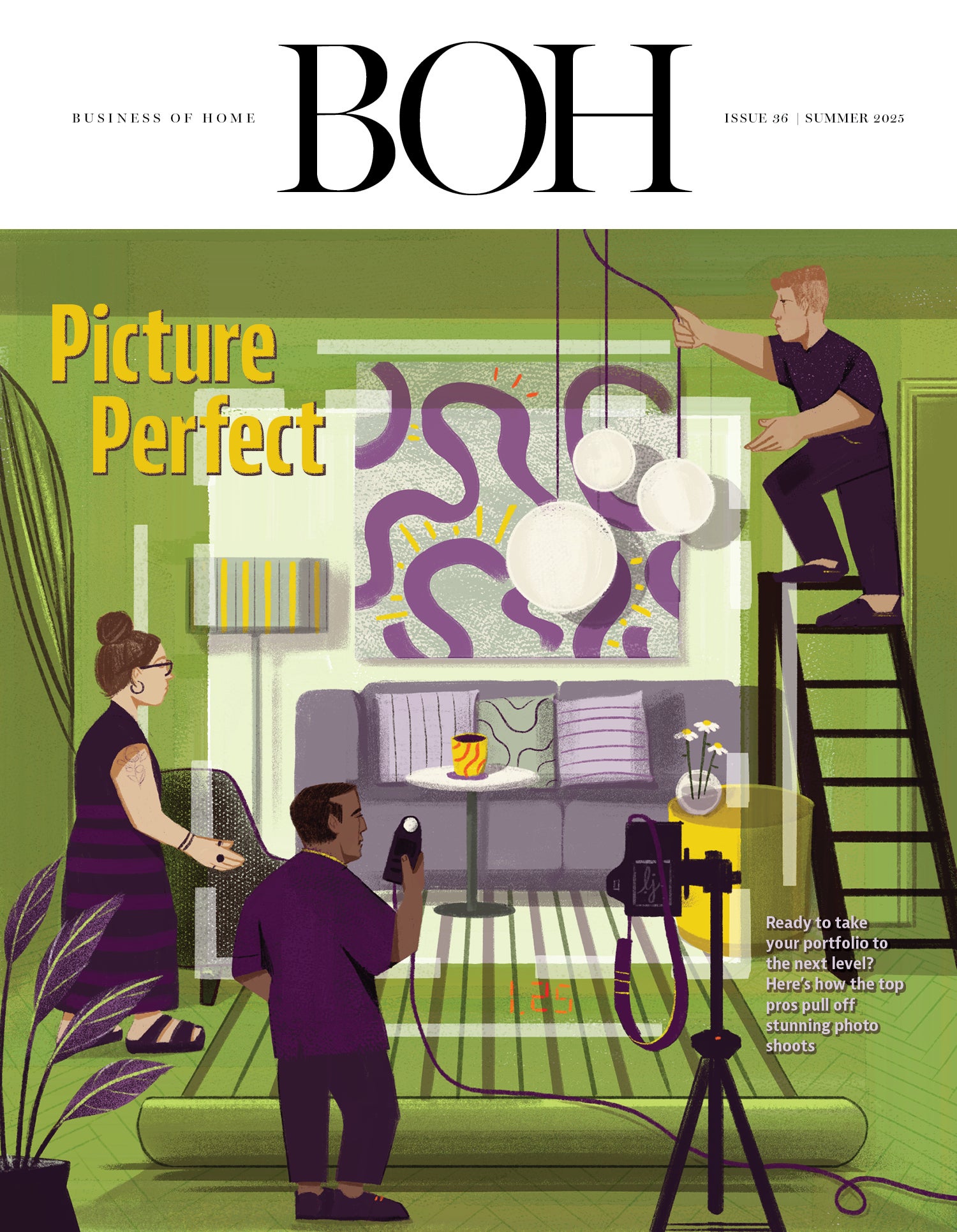In 2021, Bay Area–based home stager Coco Silver received a cease-and-desist letter for doing something that people in the design industry do every day: posting to Instagram. Claiming copyright infringement, the letter pointed to photos from a real estate shoot that Silver had put up on the social platform, as well as on her company’s website. In addition to demanding she pull the offending images down, the note insisted on a sizable payment.
Silver was shocked. She’d asked for permission from the photography agency she had worked with on the shoot, and credited them in her posts—the same as she’d done for countless other photo shoots. The catch? These photos didn’t belong to the agency (or the real estate agent handling the listing or the homeowner), but rather to the individual photographer who took the pictures. The same photographer who was now threatening to sue her.
“At first, I didn’t even know if the letter was real or if it was some kind of scam,” says Silver. “I had a very good relationship with the photography company.” But on this particular photo shoot, the company had sent a subcontractor Silver hadn’t worked with before. She was ultimately entangled with the photographer in a lawsuit that spanned four years, resolving earlier this year when she settled out of court for an undisclosed sum.
Silver’s case might seem extreme, but experiences like hers are becoming increasingly common, as photographers and agencies seek to collect fees for usage of images—like Instagram posts—that they once might have let slide. Many of these claims don’t make it to court, keeping them out of public view. But quietly, executives at home industry brands swap stories about the damages their companies have had to pay after unwittingly (or sometimes wittingly) sharing an unlicensed photo on social channels.
These lawsuits may seem surprising to some because they upend a perceived sense of etiquette for posting interior photos on social media. Since Instagram’s earliest days, tagging a collaborator on a post or mentioning them in a caption was seen as enough—credit where credit was due. There’s a hitch, though: That wasn’t actually legal. Generally speaking, the only party that owns that picture (and has the legal right to determine how it’s used) is the photographer, not the party who hired them. And for an increasing number of photographers, getting tagged in an Instagram caption is no longer sufficient, particularly when the photos they took are being used to generate income and promote a business other than the one that hired them.
Silver’s case is a bit of a Rorschach test. For photographers who see their work endlessly reproduced online without payment or consent, it might seem like justice. For others, it might seem like a frivolous lawsuit cynically ginned up to extract a fee. One thing’s for certain: The best approach for everyone involved is to get proper permission before posting an image in the first place.
So how can designers and brands alike avoid legal headaches while still getting the most out of dynamic portfolio shots? BOH spoke with experts in the field of photography copyright to find out.
As soon as an image is captured, unless the client who commissioned the shoot has previously negotiated otherwise, the photographer owns the copyright to that image. In America, they can then go a step further and register those images with the U.S. Copyright Office, a measure that affords photographers additional legal rights, like the ability to sue in federal court and pursue damages. While tracking down instances of misuse might once have been an arduous process for photographers, that’s far from the case now. Simple tools that everyone has access to, like a reverse Google image search, can unearth the many lives a photo has online. In addition, there are entire businesses dedicated to hunting down unlicensed use of photographers’ work.
One of them is ImageRights, a platform that helps photographers register photos with the U.S. Copyright Office, uses an algorithm to scan the internet for their images, and connects them with legal representation should they want to pursue an infringement case. ImageRights International was founded by Joe Naylor, who initially used his background in tech to help a friend, a fine-art photographer who’d seen a photo of his cropping up all over the web without permission, by building a search system to track the image’s use. “We launched in 2009, and once photographers could see how widely their work was being used without licensing, they were pissed off,” says Naylor.
Now, when a photographer uploads their work to ImageRights, the platform will issue regular reports with links to found usage, giving the photographer the opportunity to weigh in on whether a use was licensed or not, and providing guidance on how to proceed if it isn’t. “Either we don’t recommend pursuing it for whatever reason—if it’s found on a site based in a country we’re not going to have jurisdiction in, like Russia—or we recommend pursuing it,” says Naylor. “If that’s the case, we’ll try to retroactively negotiate a licensing fee for its use, or if we think it meets the criteria to be escalated to one of our legal partners, then we let them take it from there.” To date, he estimates that ImageRights has helped register 1.7 million works with the U.S. Copyright Office. There’s no upfront fee for the service, but the company shares in a percentage of any recovered settlements.
Naylor says that most cases of copyright infringement can be put down to people simply being ignorant of the law. “Copyright laws are very up to date. The problem is that people either are completely unaware of them, or they’ve done some kind of basic internet research or asked an AI chatbot about it and stumbled across misinformation,” he says. In the case of the design industry, a comfortable status quo (the aforementioned notion that tagging the photographer to credit them for the work allows you to repost it) that underpins many companies’ social strategies might have seemed above board, but was technically copyright infringement.
While most people are savvy enough to know that pulling a random interiors photo from the web without purchasing it and then posting it on your own site is infringement, image use on social media has always been less cut-and-dried. For example, according to experts, a design enthusiast reposting a photographer’s work because it is #kitcheninspo is inherently different from a major trade brand posting that same image in a bid to garner more designer business, because of the potential for financial gain from the latter.
David Deal, a Charlottesville, Virginia–based photographer turned lawyer who specializes in photography copyright infringement (he represented Bryan Delohery in the case against Coco Home), says that his firm handles cases where photos are posted to social media without proper licensing every day, sometimes multiple times a day.
A common misconception that Deal sees is that people outside the photography world assume that whatever fee was paid for the shoot covers usage of those images forever. “Opportunities for monetizing your images can be much, much greater than [what] the original client pays you,” he says. “The argument that the photographer has already been paid for the shoot, therefore I don’t understand why I need to pay them again—it’s a false argument. If a photographer shoots something that is a great image and very marketable, they deserve to be paid for the rest of their lifetime for that image because it’s valuable and people are choosing it over any other image.”
That way of thinking also nags at Naylor. “Sometimes people accused of infringement will say, ‘But I credited the photographer and they got exposure from my usage,’” he says. “In a lot of cases, these are high-end photographers—they don’t need your help with exposure. They need their contracts to be respected.”
In most cases of copyright infringement, the first salvo from the photographer’s attorney is a cease-and-desist letter, which includes a demand to stop using the image and to compensate the photographer. In some cases, the demands are met quickly and the photo is removed. In others, the alleged infringer is less willing to comply and the case goes to court.
This isn’t a problem unique to the home industry. But cases in other sectors can illuminate the gravity of what’s at stake. Take one of Naylor’s clients, photographer Scott Hargis, as an example. He pursued legal action against a chain of senior living facilities that had used his photos in their marketing without licensing them. He initially sought his market rate of $2,000 per image for each of the 43 photos the chain had used, but the company refused to pay and the case played out in court over two years. Hargis ultimately won his suit, with the jury awarding him the maximum damages allowed per infringement—$150,000—for a total of $6.3 million. It’s reportedly the largest maximum statutory damages verdict for photography infringement in U.S. history. “That’s an extremely rare situation,” says Naylor. He also notes that it’s not necessarily the outcome the photographers he works with are seeking: “These photographers aren’t looking to spend years in court fighting. They just want to get paid what they’re owed.”
Clearly, that old adage about it being easier to ask for forgiveness than permission does not apply neatly to photo rights. Deal and Naylor both agree that reaching out to a photographer before you hit “post” is the simplest way to avoid legal tangles down the road. Some photographers may be more lenient and welcome reposting with proper credit. Others might ask for a small fee for a single use, while some might decline completely. The point is, asking upfront could save thousands of dollars in damages later.
The logic applies to designers too. If a brand reaches out asking to repost a shot that features their product, the safest bet is to direct them to the photographer to discuss licensing the image. Incorrectly assuming you have the authority to share reproduction rights could land you mixed up in a lawsuit as well, Deal says. “While it’s not direct infringement, it’s quite possibly contributory infringement,” he explains. “If you were the source of the incorrect permission for an infringer to copy and use something, you are risking being on the wrong end of the liability question.”
When you’re working on a project with multiple invested parties, like a builder or architect, Deal recommends a model where the cost of the shoot is shared among those parties and licensing fees are negotiated at a group rate. “Because [the photographer] is getting, say, three or more licensing fees versus the payment from one client, he offers a lower rate to each party upfront,” he says. “The involved parties are paying less than they would to license the photos after the fact, so it’s beneficial all around.” It’s something you’d have to negotiate with your photographer beforehand, but that kind of cost-sharing model could be beneficial if you have a lot of collaborators or if you’re working on a showhouse, where big-name vendors are donating product and are almost assuredly going to want to publicize the final images.
From a designer’s perspective, the best thing you can do is also the most straightforward: Thoroughly read a photographer’s contract before you sign it. Talk to them about your goals for the images and how you’d like to use them. Mention any key stakeholders (like an architect or an enthusiastic vendor or subcontractor) who might be interested in posting the photos down the line. If a photographer’s agreement doesn’t mention licensing, ask them about their policies and get them in writing.
“There’s a lot of responsibility to go around,” Deal says. “It’s not entirely on the photographer, and it’s not entirely on their clients. We counsel our legal clients all the time that the best time and effort that they can spend to avoid matters of infringement, and especially ones that potentially drag in their clients, is to be very direct before you start working with them. Photographers don’t want to even come close to having a problem with their clients. It’s in everyone’s best interest to be on the same page.”



